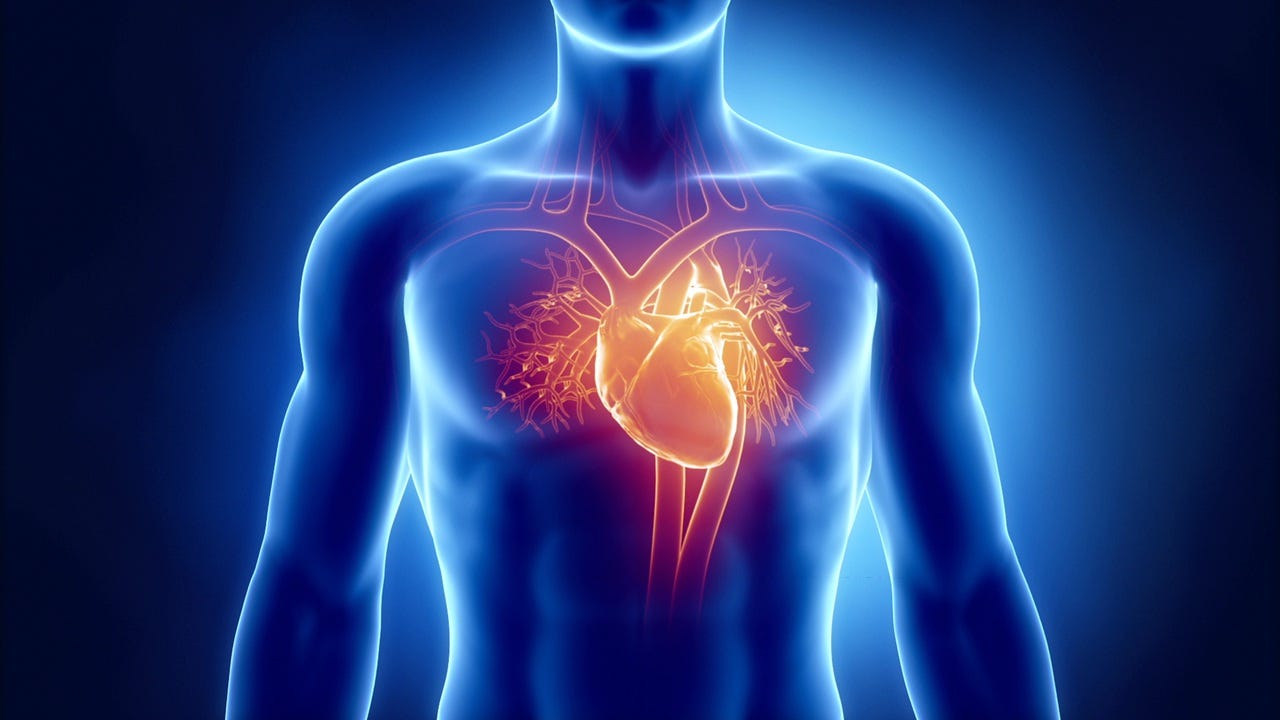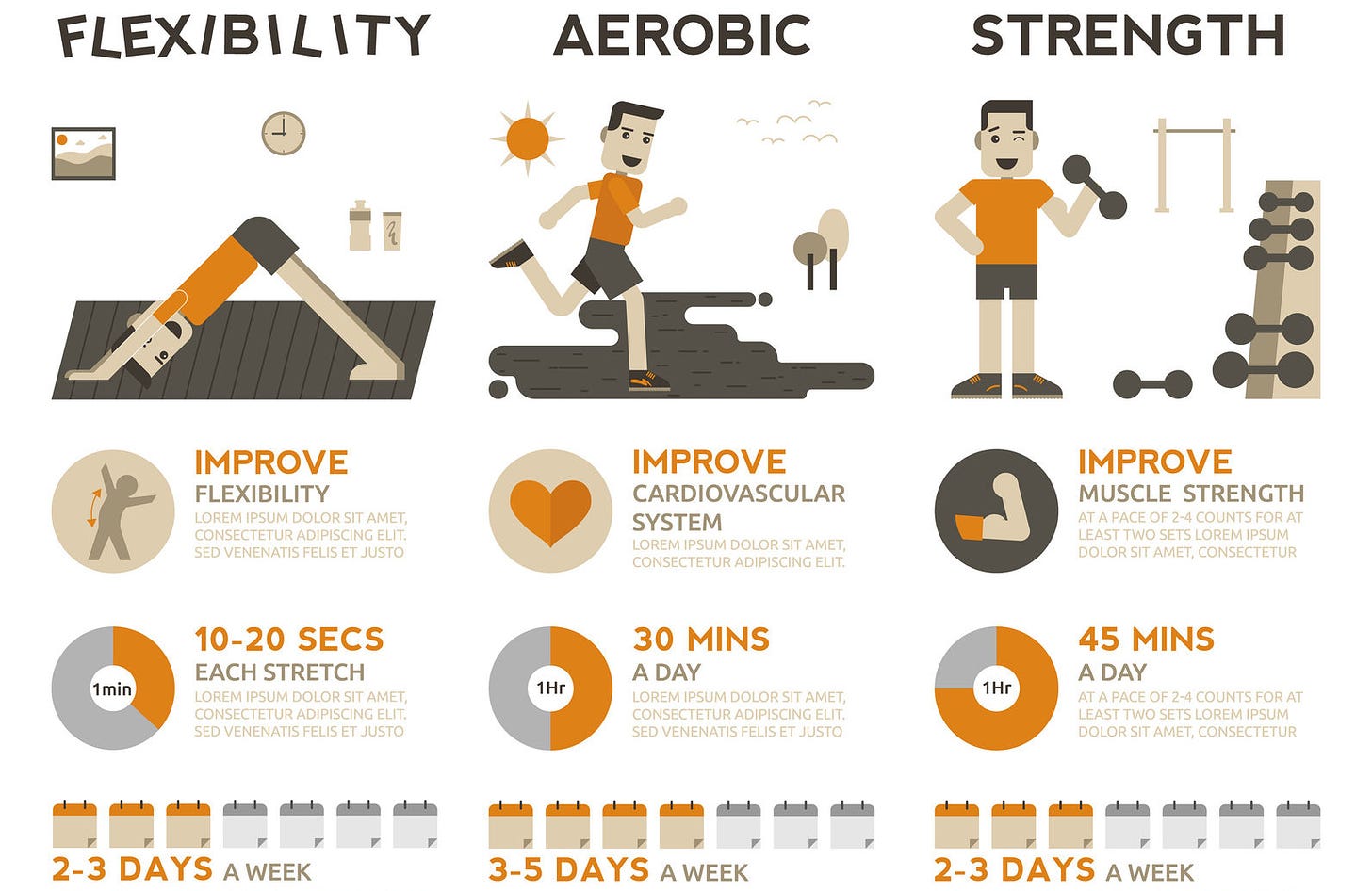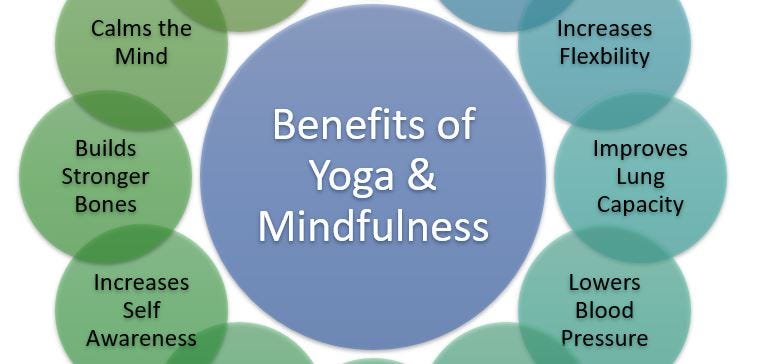
In a study conducted by Subramian, Soudarssanane, Jayalakshmy, Thisusevakumar, Navasakthi, Sahai, and Saptharishi (2011), exercise, salt reduction, and yoga were explored to uncover their relative effectiveness of reducing hypertension. The following will consider the findings of Subramian et al. (2011).

The researchers conducted a cross-over randomized controlled trial (RCT) of an earlier RCT (2007) in the same region of non-pharmacological interventions in hypertension. The subjects of Subramian et al. (2011) were pre-hypertensive and hypertensive young adults (98 subjects: 25, 23, 25, 25 in four groups) and they were randomly assigned into a group that he/she had not belonged to in the earlier RCT.

The subjects were placed in groups as follows: Control (New Group I), Physical Exercise (NG II)-brisk walking for 50 to 60 minutes, three to four days/week, Salt Intake Reduction (NG III) to at least half of previous intake, Yoga (NG IV) for 30 to 45 minutes/day, five days/week. Finally, blood pressure was measured before and after eight weeks of intervention (Subramian et al., 2011).

All three intervention groups showed significant reductions in blood pressure, while the control group showed no significant difference. Most importantly, persistence of significant reduction in blood pressure in all three groups after performing the crossover supported the utility of non-pharmacological interventions (Subramian et al., 2011). Such evidence provides an alternative devoid of side affects.

Of particular relevance was the influence of physical exercise; said intervention had the most significant affect in reducing hypertension compared to yoga and salt reduction (Subramian et al., 2011). However, not all individuals may be able to competently perform movements required to yield the effects of exercise (i.e., individuals with ambulatory restrictions) making salt reduction a viable alternative (Subramian et al., 2011).
In conclusion, all three interventions showed merit in controlling blood pressure with exercise producing the largest reductions. However, Subramian et al. (2011) did not consider the combined affects of exercise and salt reduction as a fused intervention. It is this author’s opinion that such an approach would yield even higher reductions in blood pressure, in addition to improving other biomarkers.
References
Subramian, H., Soudarssanane, M. B., Jayalakshmy,R., Thisusevakumar, D., Navasakthi, D., Sahai, A., & Saptharishi, L. G. (2011). Non-pharmacological interventions in hypertension: A community-based cross-over randomized controlled trial. Indian Journal of Community Medicine, 36(3), 191-196.
-Michael McIsaac
